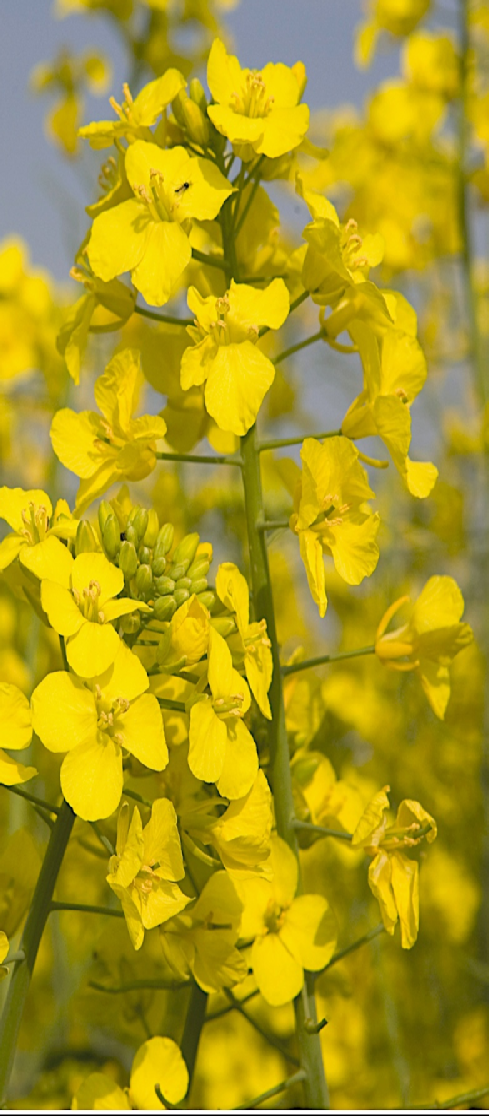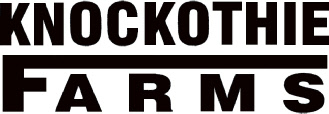


Web design by Lewis McKerrow 2011
Basic GPS guidance has developed and evolved very quickly, all of the main machinery manufacturers now offer an ‘Auto steer’ option. This enables the operator to set a line, normally off of the straight edge of a field, and if he then tells the computer that the machine is 6 metres wide, it will at the press of a button steer itself along those replicated 6m lines up and down the field with the operator never touching the steering wheel. In most cases the tractor has to be manually turned at either end, although there are a few new systems that can also turn the tractor. This takes the operator error of judging widths out, and enables all operations to be accurate, which in turn saves fuel, fertilisers, pesticides, and importantly, time. The introduction of this technology had let to jobs being done for efficiently and saving on inputs.
Typically these systems were accurate to 20cm, this sounds good but on a 4 metre machine still represents a 5% overlap. There is also the issue that satellites ‘drift’, this means that if stopped for say an hour, when you start up again your line could have shifted a few metres to the side.
To solve this problem and be more accurate a higher cost system is available called Real Time Kinetics (RTK). This still uses the satellites for signal but uses a base station on the ground set in a known fixed location. This base station sends a signal to the tractor that ‘corrects’ any drift that may occur. There is also a system which uses an in cab modem connected to the GPRS (mobile phone) network, to provide a correction signal. Both these systems allow the accuracy to be down to 2cm, year in year out on the exact same points, this gets accuracy and efficiency to the highest level.

